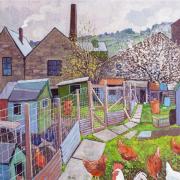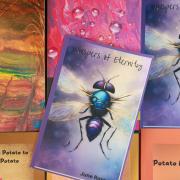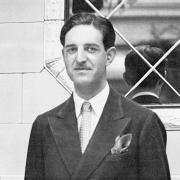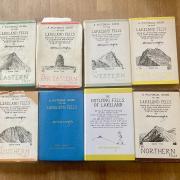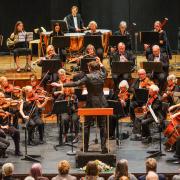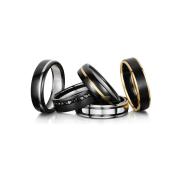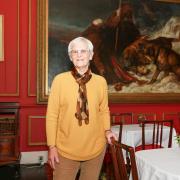Step back in time on a visit to the National Museum of Penny Slot Machines at the end of Southport Pier Photography by Kirsty Thompson
Clive Baker isn’t like other collectors. Instead of hiding his treasures away in a private collection, businessman Clive positively encourages thepublic to enjoy them.
But then, the treasures we are talking about are inside the National Museum of Penny Slot Machines on the end of Southport’s Pier
. ‘Our philosophy is that these machines were made to be enjoyed and they should still be played with,’ says Clive, owner of this hidden gem.
With more than 100 working exhibits, it is the largest collection in the country. It began life on Brighton’s Palace Pier 30 years ago but it moved north eight years ago soon after the pier itself was re-opened.
The free attraction, open all year long, now sees up to 1,500 visitors ona busy day.
The collection contains models that date back to the turn of the 19th century with some historically important machines. They include one of the first English gambling machines, The Pickwick, one of the last surviving models. There’s a ‘Monkey Climb’ racing game dating back to the 1920s where two players wind wheels to see who can make the model monkey get to the top of the tree first.
Then, there are six ‘Mutoscopes’ - basically early moving films with slightly risqu� content that were placed on plinths so children couldn’t reach.
Highlights of the collection from a local perspective include a recently refurbished Hawkins hand grabber made in Blackpool in the early 1920s, with its original metal hands giving out prizes as well as a football game where the players are still wearing their original hand knitted woollen jerseys and ‘Tram Race’
- a machine made mainly for Blackpool, where six trams race each other along the Prom towards the Tower. It is probably the last working model.
There are macabre models with haunted churchyards and guillotines, simple ideas that used to fascinate holiday makers, but all designed on precision engineering rather than the computer technology of today.
‘Harry Corbett’s Sooty TV Concert’ where children’s favourites Sooty, Sweep and Sue play ‘The Grand Old Duke of York’ even features the original cassette and recording of Harry Corbett’s voice.
There’s steerable games, fortune tellers and love and strength testsall running on old pennies which are dispensed from cash machines in the museum.
‘I think our main draw is that we have something in the collection for everyone,’ says Clive. ‘Some people locally might remember the tram race or remember playing the football game; if they recognise a machine and it brings back memories they will have a go on it.
‘The children are drawn to the big sweetie grabbing machines while the adults love the fortune teller and palmist; the strength tests also go down well,’ he says, suggesting the reason arcades like this are so popular is because of nostalgia combined with good old-fashioned family fun.
‘The other reason I think it’s so popular with the older generation is because it’s the one chance they have at beating their grandchildren in an arcade. These machines are all about skill rather than pressing a button on computer games. They bring their grandchildren here and can show them this is what I used to play as a child and this is how you do it. The children do tend to pick it up fairly quickly but there is that sort of one-upmanship I think,’ he says.





